Development methodology
From the beginning of 2017 Fornax introduced Scrum development technology into its workflows of software development when delivering Eventus-based solutions. This does not only help us to respond to customer demands more efficiently and more flexibly, it also enables the rethinking of possible changes during development.
Fornax has also embraced the international methodology that helps experts and customers to rethink, even redesign tasks continuously during the project – so from early 2017 we use the Scrum approach to software development.
Scrum is a method of software development often used as a tool of agile programming as well. Originally Scrum was intended as a project management methodology, but it can also be applied to the leading of software maintenance projects and even as a program management solution.
The so-called Waterfall model used earlier had the developers following a system design that had been previously agreed upon. Practice showed, however, that this approach was not flexible enough in case of lengthier projects, it did not adequately support the changes of customer demands.
Scrum, on the other hand, usually plans ahead for two or three week periods, so in ways laid down in the methodology it is capable of taking changes in customer demands into account.
One of the advantages of the approach is that in a previously settled schedule the customer is able to track how each period was completed, and also what modifications may be necessary during the work. Intervention in the workflows is possible at any time, if, for instance, a few tasks were left out, or certain requirements ceased to be of importance, and these can also be changed between different phases as specified in the methodology. The practical applicability of a deliverable thus produced is often better than that of a deliverable produced following the waterfall model, for no other reason than the customer being able to interfere with the software development process on the go.




